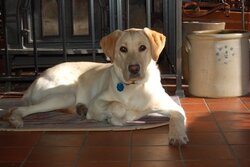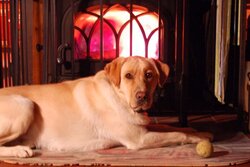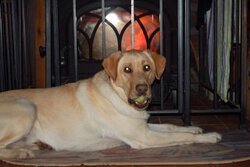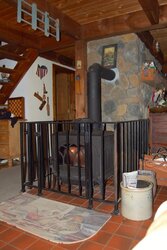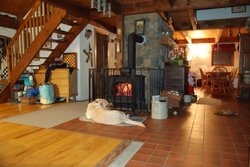Well, I just eased right back in here didn't I

Looky, I still don't know that chimney dimension. If it's not 6 inch round chimney you simply won't get optimum performance from the oslo. AND, the bigger the liner, the worse it will be. Ignore this piece and all hope is lost.
I read here that there was assumption of good draft with your chimney. I do not concur. 6 inch round pipe has a cross section of 28 sq. in. This is the recommended chimney for the Oslo. If you have anything larger it seriously increases the volumne of the chimney, dramatically affecting the oslo performance.
Go back and re-read my earlier posts.
The oslo operates as a freight train, it is slow to get gowing, but really cranks once she's fired up. It is a well designed stove and has heated my home near exclusively for almost 5 winters.
If necessary, when you add wood, leave the side door open until the stove top thermometer reaches 300 degrees, then close it. Leave the primary air open all the way until the stove reaches 500, then set it at half for a short period of time, then you should be able to set it to closed/almost closed and it will burn clean through that load. However, if you have less than an optimum chimney setup, which is what I suspect you have, the oslo likely will not perform as stated.
Maybe you should consider another stove. Not trying to be an antagonizer, I am convinced that other stoves may perform better with your chimney setup, then again, they may not.
Post some pics of this fine setup you have.
And also, determine that chimney interior dimension and post that here too, I'd be interested to know.
Post some pics of your wood stash too, we love pics of wood piles




 )
)